The toilet is significant in every household. But does a toilet need a P-trap? What purpose does it serve? Don't worry! We've researched the answers to these questions.
Yes, all toilets are highly recommended to have a P-trap. It serves an important role in your home by keeping the bathroom area safe from sewer gas.
However, modern toilets have a P-trap hidden behind the bowl. If your toilet has no P-trap, you will need to seek a plumber to install one for your toilet.
Throughout this article, we'll learn the details of a P-trap. We'll share with you some relevant topics for discussion about the purpose of a P-trap. There's a lot to learn, so continue reading!
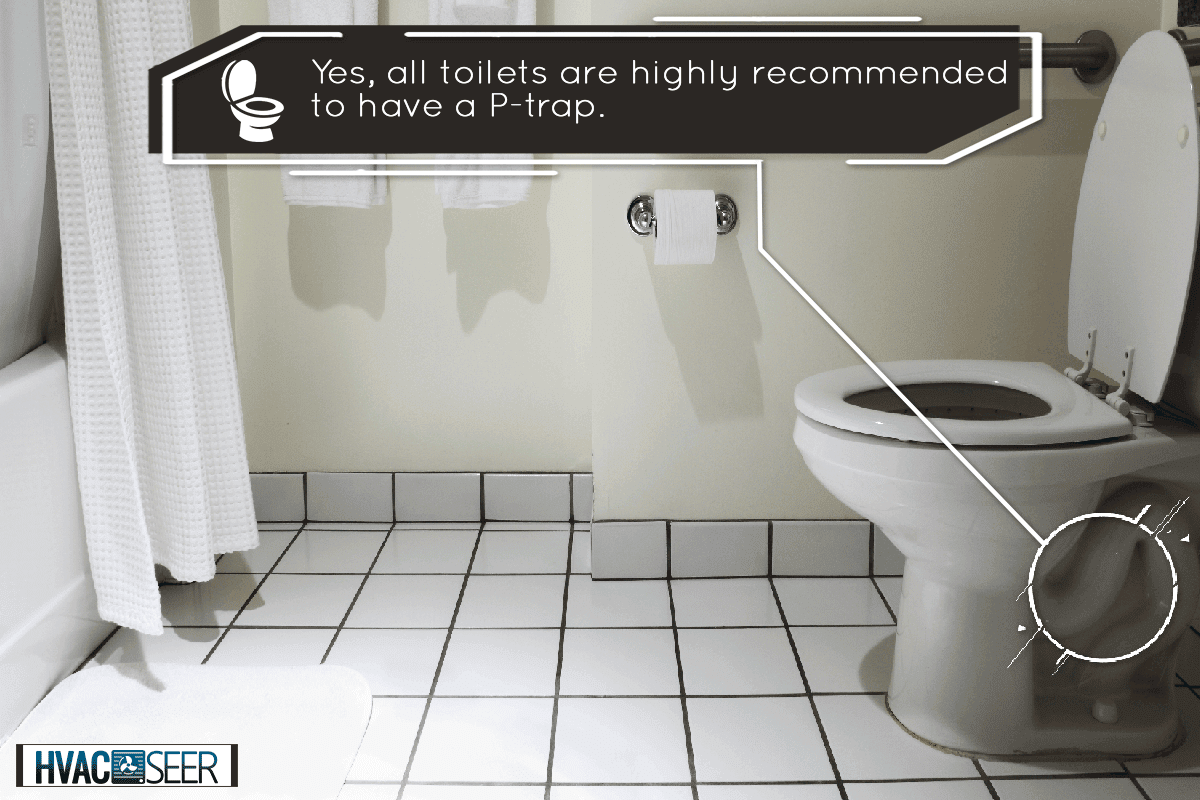
Does a Toilet Need a P-Trap?
A P-trap is a curved pipe at the back of the toilet seat. It is shaped like the letter "P" and traps the wastewater in the curve. The wastewater will then block the sewer gas from evaporating back to the toilet.
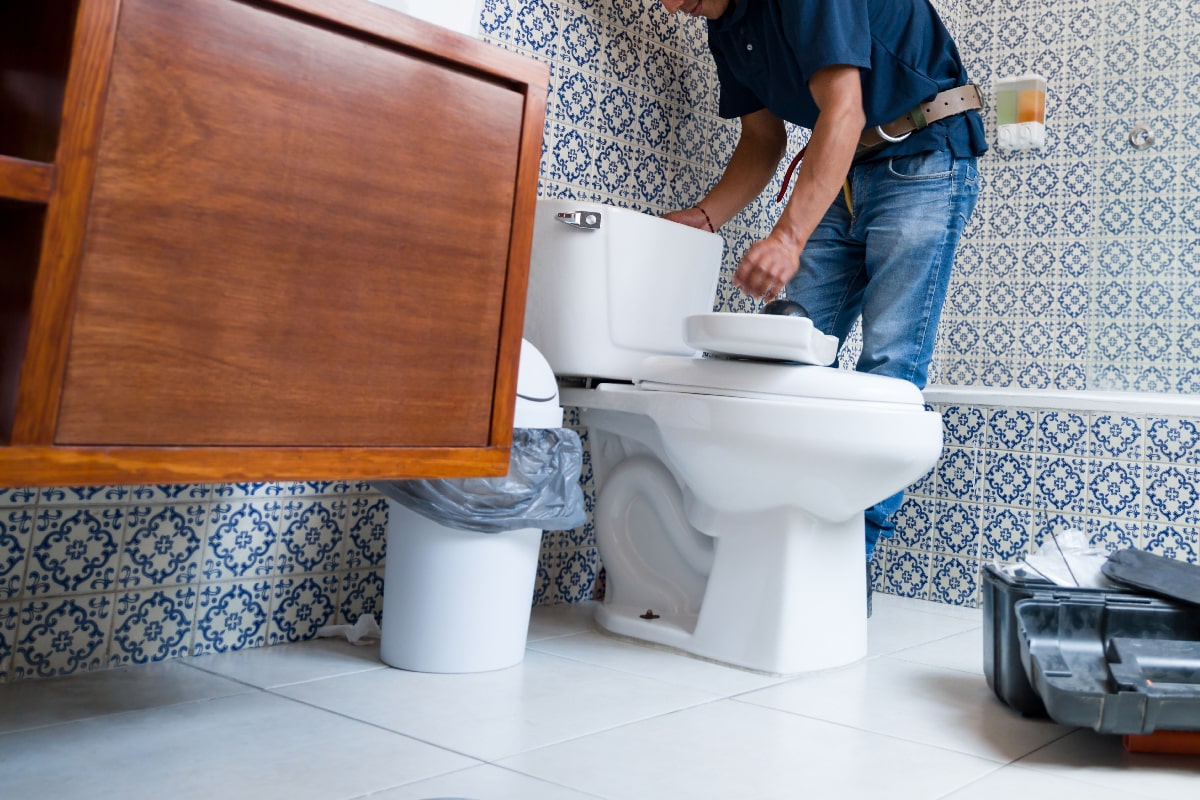
It's highly advisable to have a P-trap in a toilet. However, it depends on the structure of the toilet itself.
Some toilets have a P-trap hidden behind the bowl. Ask the toilet manufacturer if there's a P-trap included. Otherwise, you need a professional to install one.
The P-trap serves important purposes both for the toilet user and the bathroom Refer to the list below.
1. Safety of Air
Since a P-trap blocks sewer gas, the air in the bathroom becomes safer for the family.
The waste that collects in the sewer comes from various places, as it's shared with the local neighbors. Such sewer gas is composed of methane and other harmful chemicals.
To avoid sewer gas, the bathroom should also have proper ventilation. Otherwise, the odor from using the toilet may stay longer in the air.
The P-trap may lose its essence if the wastewater evaporates outside the toilet . We'll discuss more about ideal bathroom ventilation later in this article.
Furthermore, the P-trap helps you clean the toilet easily. Since P-trap restricts sewer gas, the dirt will not accumulate around the toilet. If the toilet becomes yellowish, then it's a sign of evaporating sewer gas.
2. Improved Plumbing System
The space on the P-trap prevents small objects from clogging the pipelines. For instance, you accidentally flushed a coin into the toilet.
The coin has the potential to damage the entire plumbing system, as it does not corrode with wastewater. But the coin will remain in the P-trap. So you can simply as a plumber to get the coin out of a P-trap.
A plumbing system is made of interconnected drainpipes that run throughout a household. The wastewater from the toilet, bathroom sink, shower, and other utilities is collected into the sewer.
However, some houses have an independent drainage system for other utilities like a kitchen sink.
Usually, the toilet and bathroom sink share some drainpipes. This is to support each other when one gets clogged. For instance, the flush doesn't push the wastewater into the toilet.
Once you flush water into the sink, it will create enough pressure to attract the wastewater from the toilet. As a result, both the sink and the toilet will flush the wastewater together.
Now, imagine if there was no P-trap. There's no support system when the other utilities need additional pressure to drain the wastewater.
3. Improved Wastewater Flow
Aside from supporting the nearby drainpipes, a P-trap keeps the flow of wastewater smooth. You don't have to worry about a slow-draining toilet. Without a P-trap, the toilet will become too dry as the waste will absorb all the water in the bowl.
Therefore, a dry waste is a disaster in the plumbing system, because the weight of dry waste can break down drainpipes, resulting in wastewater leaks. And you don't want your house to smell terrible.
What Is an S-Trap?
As the name implies, the S-trap is shaped like the letter "S," making two curves. The primary distinction between the P-trap and the S-trap is the direction in which the wastewater will flow.
An S-trap is ideal for toilets that drain vertically. The P-trap, on the other hand, redirects wastewater horizontally.
However, the direction of the traps may change depending on the pipes on which they're installed. It's crucial to allow a plumber to assess your toilet to know what trap is suitable for the drainpipes.
Why Doesn't the Toilet Flush?
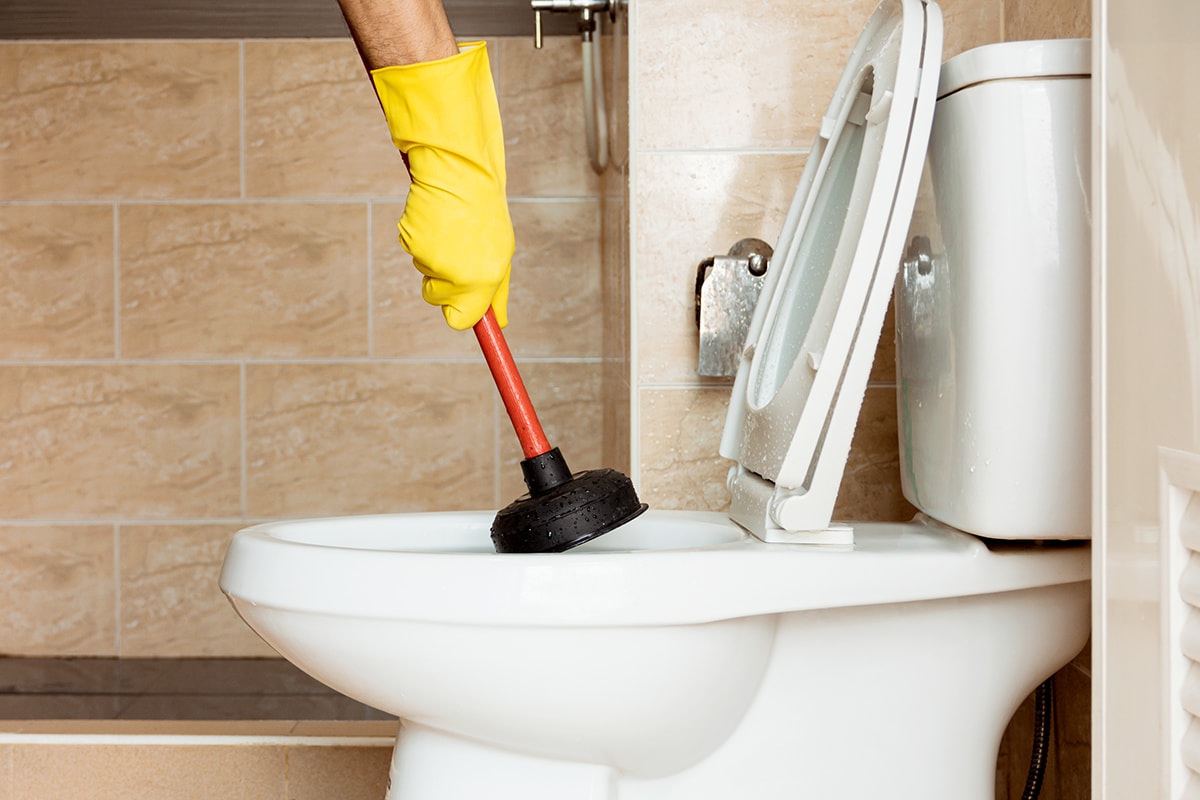
Clogging is the most common problem with the toilet, causing the solid waste to stay in the bowl. You can fix this issue with some of the techniques below.
Manual Plunging
Whenever you flush, there's a pressure that pushes the wastewater down the sewer. Lack of pressure may cause the wastewater to go back into the toilet. So, you can add pressure to it by plunging.
A plunger is a tool that has a wooden handle and a rubber suction cup to force the wastewater to drain.
You can use a plunger to unclog a toilet. Simply follow the steps below:
- Using a dipper, pour water on the toilet bowl.
- Place the plunger over the drainage hole in the bowl.
- Push the plunger repeatedly until the wastewater drains. You can increase the pressure by adding more water.
- Once the wastewater has drained, press flush to renew the water in the bowl.
- Pour liquid soap into the toilet to eliminate bad odor.
Watch this short video for demonstration:
Declogging Tool
If you suspect that there's an object blocking the toilet, you can use a declogging tool to pull such an object out. To reach the object, simply insert the declogging tool, and the wastewater will drain quickly.
See this declogging tool on Amazon.
Acid Solution
An acid solution can dissolve some solid wastes that clog the toilet. Muriatic acid is the most commonly used by plumbers. However, it can be dangerous to use a muriatic acid by yourself. It's best to let a plumber use it on your toilet.
Does Your Bathroom Need Ventilation?
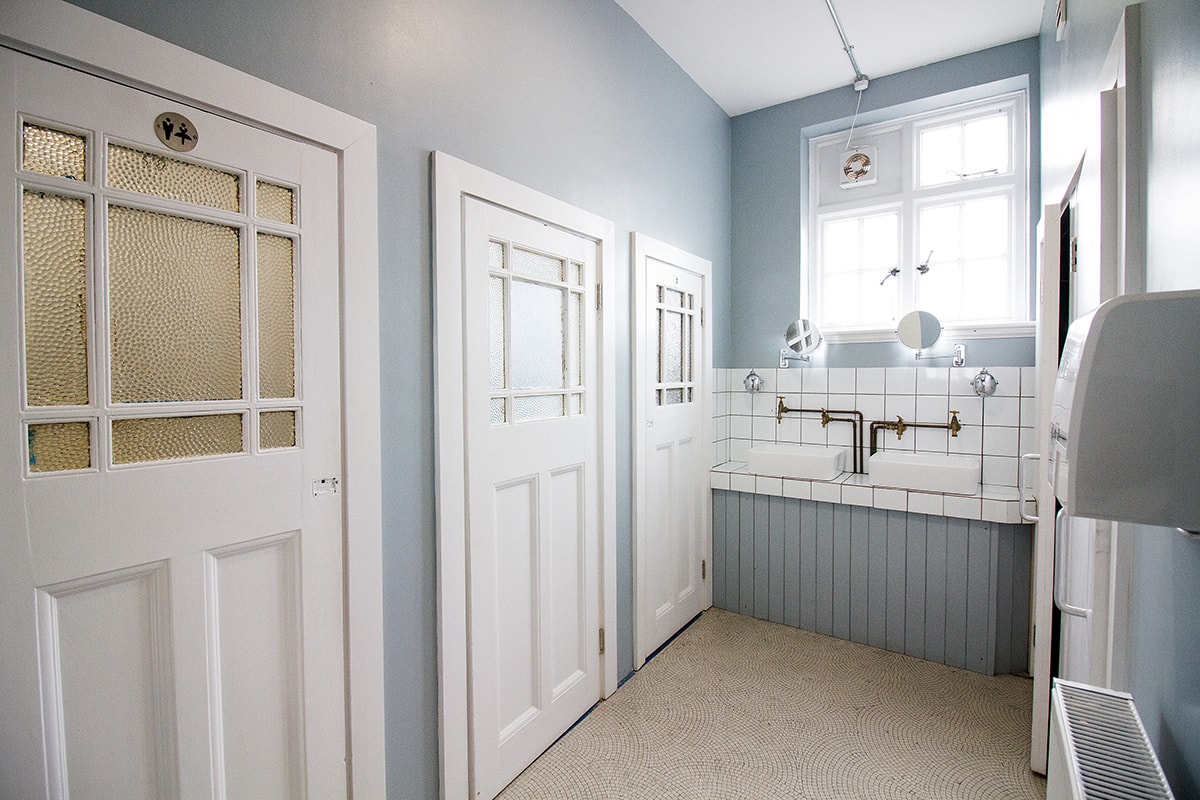
The short answer is yes. The bathroom should have proper ventilation to keep the area clean, safe, and in good condition. Otherwise, you may be at risk of health issues like breathing difficulties.
An optimal ventilation system in a bathroom is composed of an exhaust fan, an openable window, and an airway on the lower part of the door. The air will enter through the door or window to lift the air up to the exhaust fan.
The exhaust fan will then release the air outside, causing the cleaner air to enter the bathroom area.
For further details, see below the benefits of ventilation in a bathroom.
Reduced Moisture
The bathroom is rich in harmful moisture that comes from the toilet, shower, and drainage. Every time you use the bathroom, the moisture from the water will accumulate on the walls and ceiling. But with ventilation, the air will carry and dry out the moisture.
A Pest-Free Area
A dirty bathroom is attractive to pests like mosquitoes, cockroaches, and even snakes. You don't want to welcome them into your bathroom. They are not just going after a dirty toilet or floor, but dirty air as well.
Ventilation improves air circulation, making it too clean for pests to infiltrate.
For instance, you just finished showering. You can leave the bathroom door and windows open to allow the exit of contaminated air. This helps to keep the air clean and prevents pests from becoming attracted.
If you're still worried about pests in your bathroom, you can use a scent diffuser to improve the smell of the air.
See this bathroom scent diffuser on Amazon.
Air Temperature Balance
The air temperature increases in the bathroom every time it's used. It's because your body naturally releases a hot temperature.
Once you shower, your body temperature will become cool due to the water. On the other hand, the bathroom temperature will then become hot.
This is why ventilation is important to keep the bathroom in exchanging the air from hot to cold temperatures. A poorly ventilated bathroom will compress the air, making it hot no matter how much you clean the area.
Conclusion
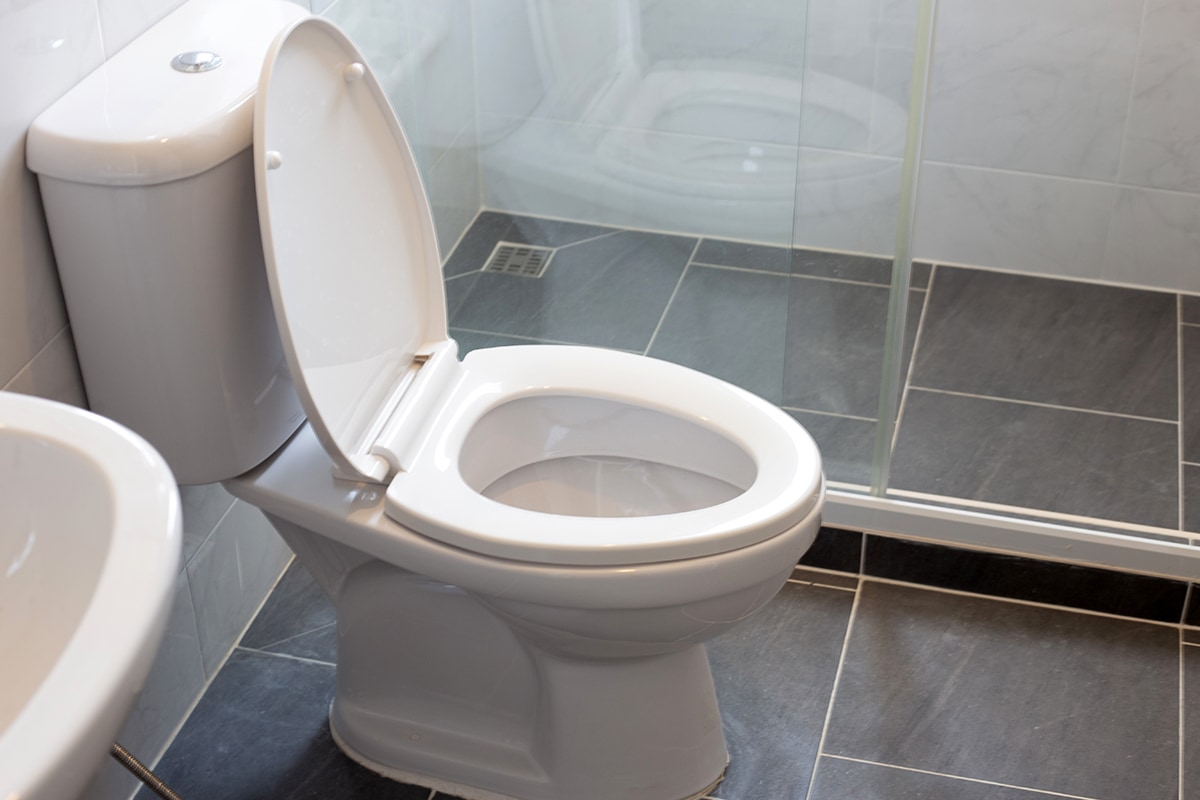
In this article, we learned what a P-trap is and why it's important in a toilet. We also provided some relevant information, like ways to declog a toilet and improve the bathroom ventilation.
Do you want to learn more with us? We know you'll love these articles:
Bathroom Fan Humidity Sensor Not Working – Why And What To Do?



